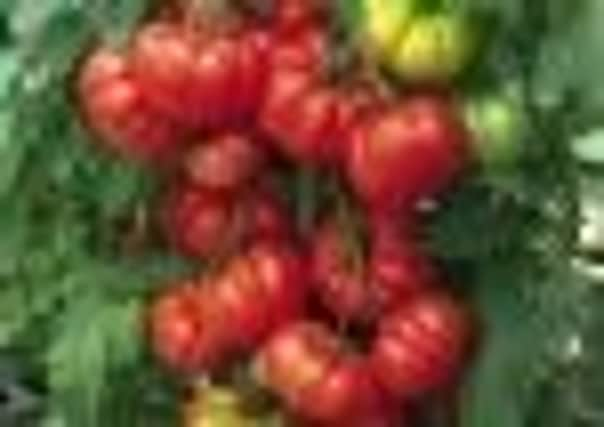Sowing the seeds for a summer experience


Now the plants of the future are sitting in their little compost homes, kept warm beneath clingfilm, and stirring towards the light of day.
So, the tomatoes and the peppers are dealt with; the problem now is not to get carried away and indulge in a seed-sowing frenzy. Patience is key.#
Advertisement
Hide AdAdvertisement
Hide AdBut that’s not to say that you can’t start preparing for this summer’s garden – there are plenty of seeds that need to be sown. All you need is the room to grow them and the ability to keep them happy until they can go outdoors for good.
Some hardy annual flower seeds, including the increasingly popular larkspur, love-in-a-mist, godetia, calendula, pansy, poppy and alyssum can be sown directly in the soil where they are to flower. That means no pots, seed trays, pricking out or re-potting. It’s easy and relatively cheap.
But it’s also best to wait until the soil has warmed up and rake in some soil conditioner to provide a friable seed bed.
Towards the end of March or the beginning of April, you can scatter the seeds in bold patches out in the garden. Cover with a little more soil and wait for them to spring into life.
Advertisement
Hide AdAdvertisement
Hide AdYou can use this method for hardy vegetables such as carrots and parsnips but for large plants such as cabbage and sprouts you’ll need to transplant seedlings so they have enough space to flourish.
Many other seeds can’t survive the low night temperatures of March and April and need to be grown indoors until frosts are over. Tender flowering plants that fall into this ‘half-hardy’ category include begonia, busy lizzy, petunia, salvia, tagetes and verbena.
Tender vegetables include tomatoes, those peppers, runner beans, sweet corn and the marrow family. For these, it’s best to sow in large pots or seed trays filled with a good compost, potting them on as they grow, until the start of June.